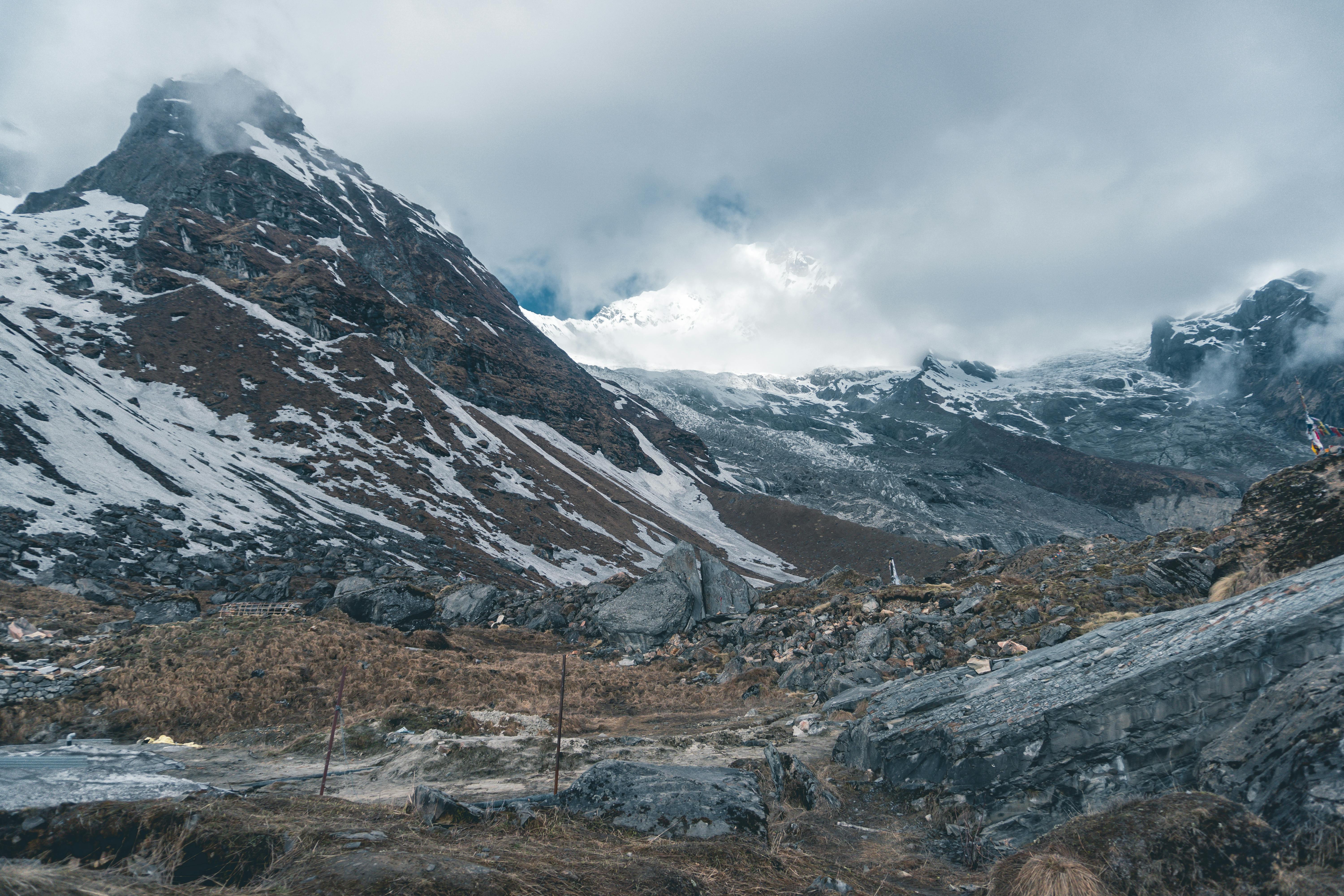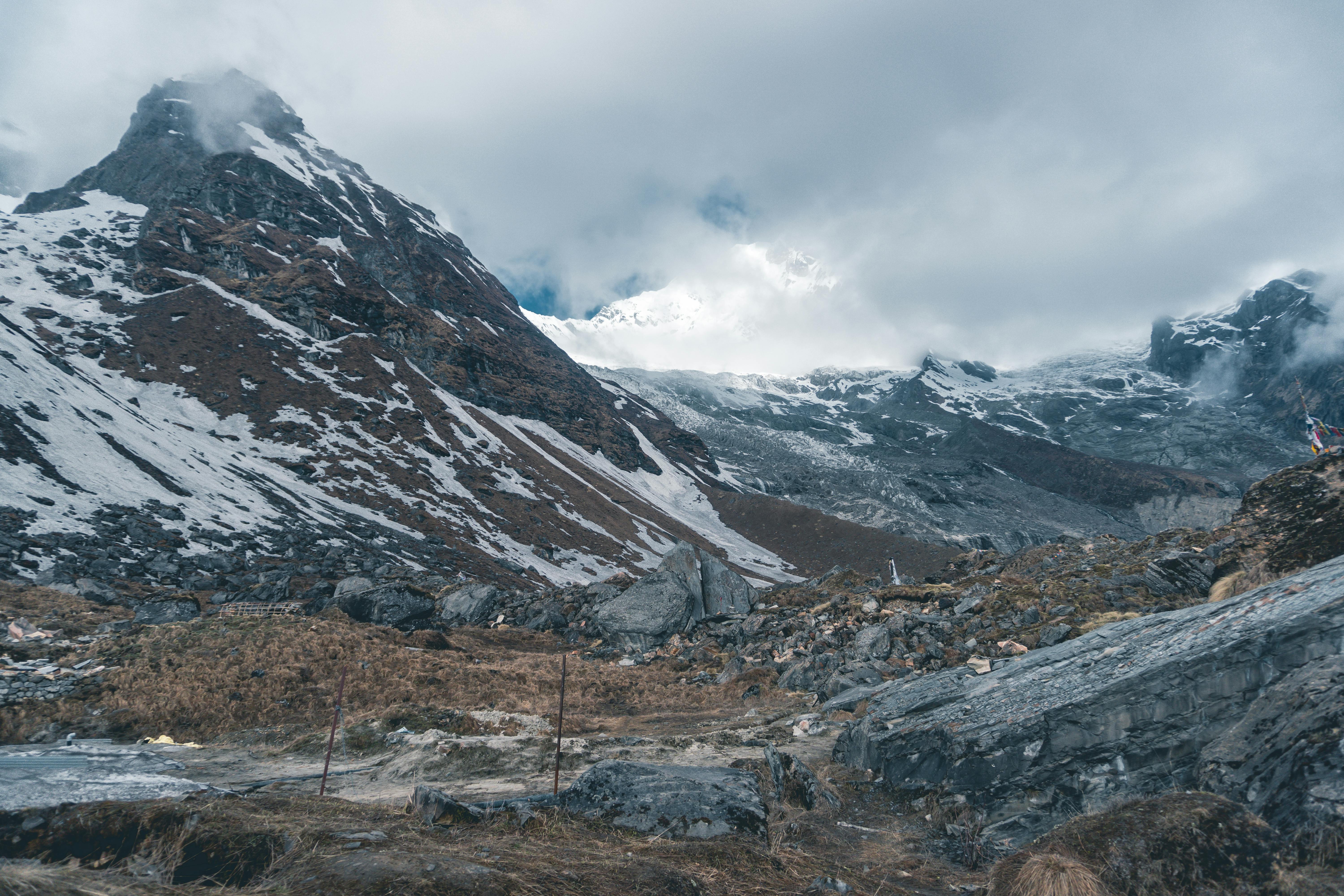The Ghorepani-Poon Hill Trek is one of Nepal’s most beloved trekking routes, located in the Annapurna region, famous for its accessibility, natural beauty, and cultural richness. Unlike more strenuous expeditions, this trek is moderate in difficulty, making it accessible for beginner and intermediate trekkers who want a genuine Himalayan experience without extreme physical demands or technical challenges.
A defining feature of this trek is the early morning hike to Poon Hill, situated at 3,210 meters. This vantage point is world-famous for its stunning panoramic sunrise views over some of the highest Himalayan peaks, including Annapurna I (8,091m), Dhaulagiri (8,167m), and Manaslu (8,163m). As the sun rises, the sky lights up in brilliant shades of orange and pink, casting a golden glow over the jagged snowy peaks, creating an unforgettable spectacle cherished by trekkers and photographers alike.
The trek weaves through a tapestry of lush rhododendron forests, especially vibrant in spring when the hills explode in a sea of red and pink blossoms. These forests provide a cool, fragrant canopy along the trail, punctuated by the sounds of birdlife and distant waterfalls. Between the forests and mountains lie traditional villages inhabited primarily by the Gurung and Magar ethnic groups, two of Nepal’s indigenous hill communities. Villages like Tirkhedhunga, Ghodepani, Tadapani, and Ghandruk showcase traditional stone houses, terraced farming, colorful local dress, and warm hospitality. Visitors can experience authentic rural Nepali life, from farm activities to cultural ceremonies.
The trail itself is a delightful mix of terrains , from gentle walks alongside terraced farmlands to steep ascents along forested ridges , providing ever-changing, breathtaking views at every turn. Since the daily trekking durations are moderate (usually 4 to 6 hours), and altitudes are manageable, the risk of altitude sickness is relatively low compared to higher Himalayan treks, making it a comfortable and safe choice for many.
Travel Notes:
Best Time to Trek:
-
Autumn (September to November): Clear skies, stable weather, and crisp mountain views.
-
Spring (March to May): Blooming rhododendrons and pleasant temperatures, but occasional clouds.
Permits Required:
-
Annapurna Conservation Area Permit (ACAP)
-
Trekkers’ Information Management System (TIMS) Card
Experience Needed:
-
Suitable for beginner to moderate trekkers with good physical fitness.
-
No technical skills required.
Acclimatization:
-
Altitudes remain moderate, but gradual ascent and hydration are advised to avoid altitude sickness









